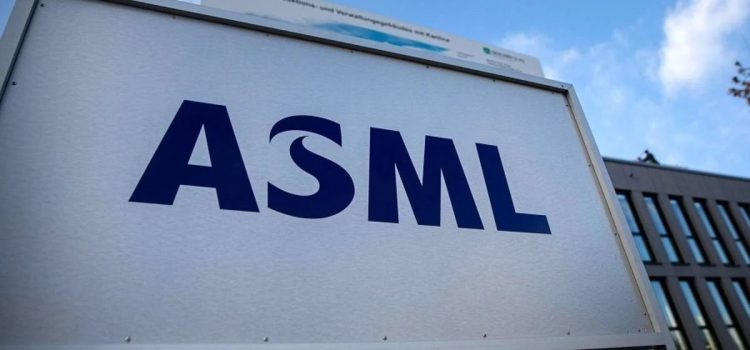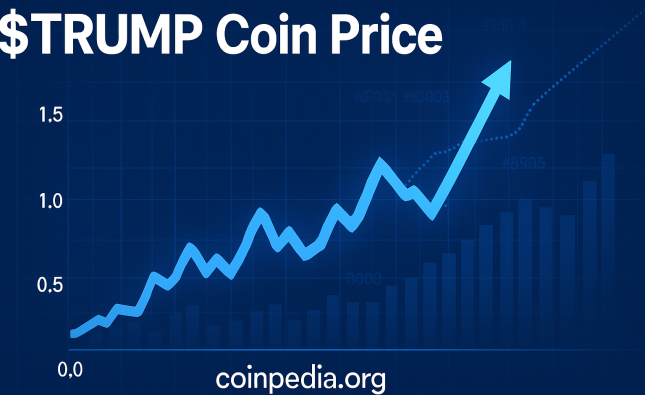
How US Sanctions on ASML Hurt China’s Chip Industry
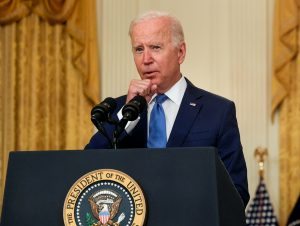
The US has imposed new export restrictions on ASML, the world’s leading supplier of lithography machines for chip making. Learn how this affects China’s chip industry and its global ambitions.
Introduction
Hi, I’m Fred Wilson, a semiconductor expert and journalist. I have been covering the global chip industry for over a decade, witnessing its rapid growth and transformation. In this article, I will share with you my insights and analysis on the latest development that has shaken the chip world: the US sanctions on ASML, the Dutch company that makes the most advanced lithography machines for chip production.
Lithography machines are the key equipment that etch the tiny circuits and features onto silicon wafers, the raw material for chips. The more advanced the lithography machine, the smaller and more powerful the chips can be. ASML is the undisputed leader in this field, with a market share of over 80% and a unique technology called extreme ultraviolet (EUV) lithography, which can produce chips with 5 nanometer (nm) or even 3 nm nodes, the cutting edge of the industry.
However, ASML’s dominance and technology have also made it a target of the US government, which has been waging a trade and tech war with China, the world’s largest chip consumer and a rising competitor in the chip industry. The US has imposed new export restrictions on ASML, requiring it to obtain a license for exporting certain chip-related products and services to China. This has effectively blocked China’s access to ASML’s EUV lithography machines, which are crucial for China’s chip development and innovation.
In this article, I will explain the importance of ASML’s lithography machines, the impact of the US sanctions on ASML and China, the responses and strategies of both parties, and the future outlook and challenges for the global chip industry. I hope this article will help you understand the complex and dynamic situation of the chip world, and how it affects China’s technological and military advances, as well as its global competitiveness.
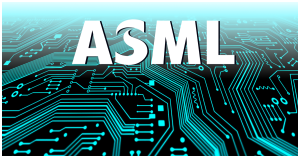
The Importance of ASML’s Lithography Machines
Lithography machines are the heart of the chip making process. They use light to project patterns onto silicon wafers, creating the intricate structures and layers that form the chips. The smaller the patterns, the more transistors and functions can be packed onto a chip, making it faster, more powerful, and more energy-efficient. This is measured by the node size, which indicates the distance between two transistors on a chip. The smaller the node size, the more advanced the chip.
ASML is the world’s leading supplier of lithography machines, with a market share of over 80%. It has a monopoly on the most advanced technology of EUV lithography, which uses extreme ultraviolet light with a wavelength of 13.5 nm to create patterns as small as 5 nm or even 3 nm. This is a huge leap from the previous technology of deep ultraviolet (DUV) lithography, which uses light with a wavelength of 193 nm to create patterns as small as 10 nm or 7 nm. EUV lithography enables chip makers to produce more advanced and efficient chips, as well as reduce the cost and complexity of the chip making process.
ASML’s EUV lithography machines are in high demand by the world’s leading chip makers, such as Intel, Samsung, and TSMC. These companies are competing to produce the most advanced chips for various applications, such as smartphones, computers, cloud servers, artificial intelligence, and 5G. ASML’s EUV lithography machines are also coveted by China, which has been investing heavily in its chip industry, aiming to reduce its dependence on foreign chip suppliers and achieve technological self-reliance.
The Impact of US Sanctions on ASML and China
However, China’s ambitions have faced a major setback due to the US sanctions on ASML. The US government has been imposing various export restrictions on China’s chip industry, citing national security and human rights concerns. The US has targeted Huawei, one of China’s leading tech companies and chip consumers, as well as SMIC, China’s largest chip maker and ASML’s main customer in China. The US has also pressured its allies, such as the Netherlands, where ASML is based, to limit the export of sensitive chip-related products and services to China.

The US sanctions have effectively blocked China’s access to ASML’s EUV lithography machines, which are considered dual-use items that can have both civilian and military applications. ASML has not received a license from the Dutch government to export its EUV lithography machines to China since 2019, despite having a pending order from SMIC. This has hindered China’s chip development and innovation, as it cannot produce the most advanced chips with 5 nm or 3 nm nodes, which are already available in the market by its competitors.
The US sanctions have also affected ASML’s business and market share in China, which is the world’s largest chip market and ASML’s second-largest market after Taiwan. ASML’s sales in China dropped by 25% in 2020, from 1.7 billion euros in 2019 to 1.3 billion euros in 2020, according to its annual report. ASML’s market share in China also declined from 21% in 2019 to 17% in 2020, according to IC Insights, a market research firm. ASML faces not only the loss of revenue and customers in China, but also the increased regulatory and political challenges from the US and its allies.
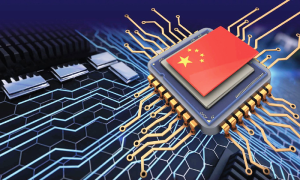
The Responses and Strategies of ASML and China
Despite the US sanctions, ASML and China have not given up on their cooperation and goals. ASML has been trying to comply with the export regulations and maintain its market access and customer relations in China. ASML has continued to supply its DUV lithography machines and other products and services to China, which do not require a license and are still in demand by Chinese chip makers. ASML has also expressed its hope and confidence that it will eventually obtain a license to export its EUV lithography machines to China, as it believes that its technology is beneficial for the global chip industry and does not pose a security threat.
China, on the other hand, has been trying to develop its own lithography technology and diversify its chip supply chain. China has invested billions of dollars in its domestic chip industry, supporting its local chip makers, such as SMIC, HSMC, and CXMT, as well as its local lithography companies, such as Shanghai Micro Electronics Equipment (SMEE) and AMEC. China has also sought alternative sources of chip supply and technology from other countries, such as South Korea, Japan, and Europe. China has also increased its imports of chips and chip-making equipment from Taiwan, which is home to TSMC, the world’s largest and most advanced chip maker.
The Future Outlook and Challenges for ASML and China
The US sanctions on ASML and China have created a new landscape and dynamics for the global chip industry. The future outlook and challenges for ASML and China depend on various factors, such as the political and economic relations between the US, China, and their allies, the technological and market developments in the chip industry, and the demand and supply of chips and chip-making equipment.
In the short term, ASML and China may face some difficulties and uncertainties, as the US sanctions remain in place and the chip industry faces a global shortage of chips and chip-making equipment. ASML may lose some sales and market share in China, as well as face some pressure and competition from other lithography suppliers, such as Nikon and Canon, which are based in Japan and have less export restrictions. China may face some delays and gaps in its chip development and innovation, as well as some risks and costs in its chip supply and technology.
In the long term, however, ASML and China may have some opportunities and advantages, as the chip industry continues to grow and evolve. ASML may benefit from the increasing demand and value of its EUV lithography machines, as well as the expanding business and cooperation in other regions and markets, such as the US, Europe, and Taiwan. China may achieve some breakthroughs and progress in its chip industry, as well as the diversification and resilience of its chip supply chain. Both ASML and China may also find some common ground and mutual interest in the global chip industry, as they share the vision and goal of advancing the chip technology and benefiting the society.
Conclusion
In conclusion, the US sanctions on ASML have had a significant impact on China’s chip industry and its global ambitions. The sanctions have limited China’s access to ASML’s EUV lithography machines, which are essential for producing the most advanced chips. The sanctions have also affected ASML’s sales and market share in China, as well as its regulatory and political challenges. However, both ASML and China have not given up on their cooperation and goals. They have responded and adapted to the sanctions with various strategies and measures. They have also faced some opportunities and risks in the short and long term, depending on the changing situation and factors of the global chip industry. The US sanctions on ASML have created a new and complex scenario for the chip world, which will have profound and lasting implications for the technological and geopolitical landscape of the 21st century.








